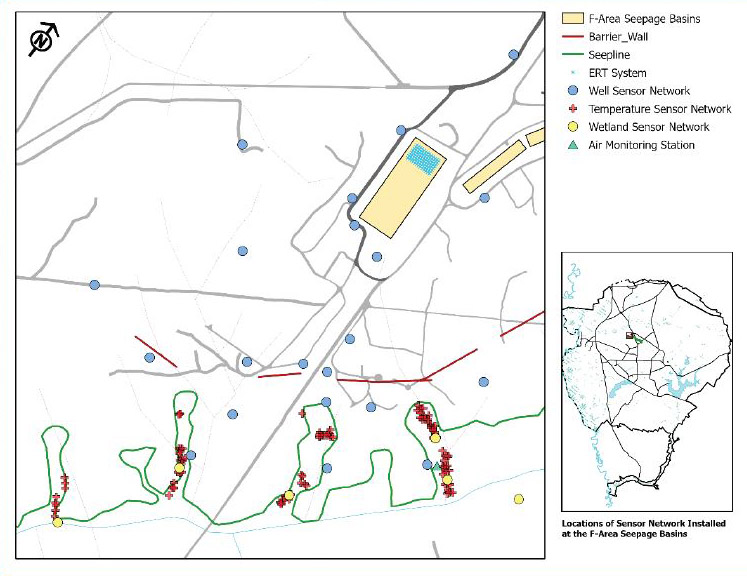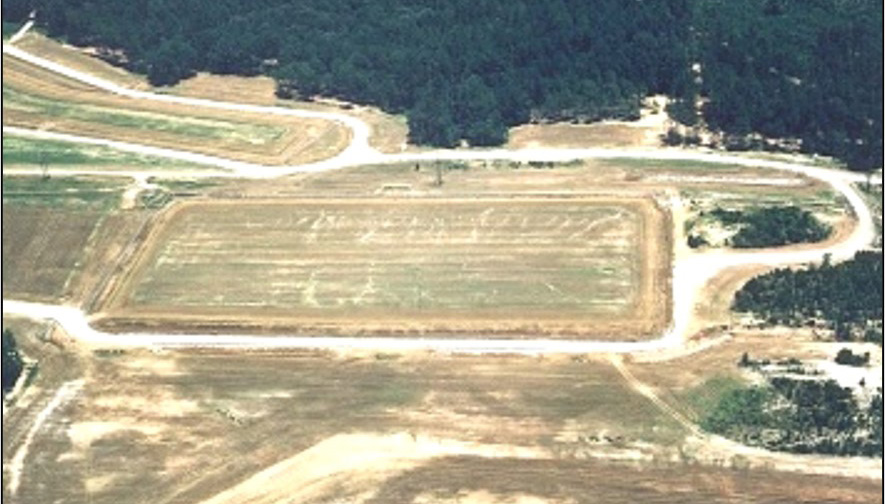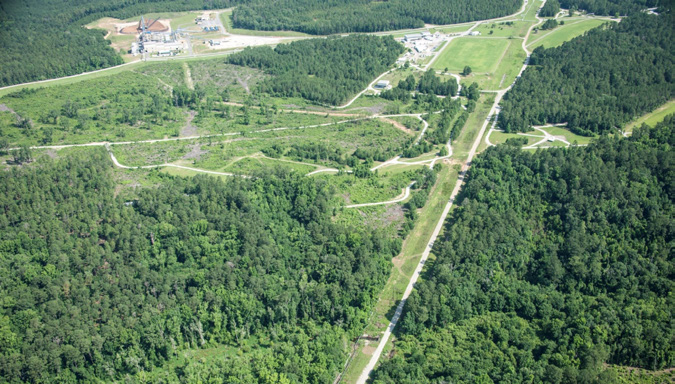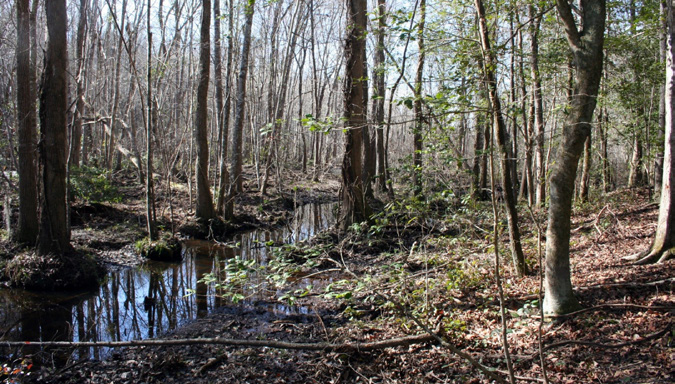ALTEMIS Project Sensors
Advanced Long-Term Environmental Monitoring Systems (ALTEMIS) PROJECT SENSORS
DOE’s liability for long-term monitoring is projected to expand for decades and cost billions of dollars. This necessitates a transition to a new paradigm of monitoring, one that uses artificial intelligence and machine learning to proactively manage contaminant migration. ALTEMIS has the potential to meet, and likely exceed, current standard monitoring techniques, while significantly reducing the projected costs of long-term monitoring.
In situ sensors can be a powerful alternative to conventional groundwater sampling and laboratory analysis; particularly under the new paradigm of monitoring focused on master variables Including soil moisture, pH, water table, temperature, and electrical conductivity. Although in situ sensors will not eliminate groundwater sampling as EPA and other government regulations specify a minimum number of wells, this strategy can be used to reduce the number of wells and frequency of sampling. Because master variables are often a leading indicator of changes prior to plume movement, in situ sensor deployment can be considered an early-warning system. This will lead to more proactive responses in the event such plume changes occur.

An in situ monitoring system with:
- automated data transmission
- visualization technologies
- cloud platforms for real-time data processing and visualization
is installed at the Savannah River Site F-area seepage basins. The sensor network will be monitored and evaluated relative to conventional methods.
Monitoring Network
Basins
- Problem: Increased infiltration of precipitation through the caps could impact residual contaminants in the basin soil
- Technology: Autonomous electrical resistivity tomography (ERT) system on the basin’s cap
- Benefits: ERT will monitor changes in moisture content of the basin soils and the underlying vadose zone to measure cap performance

Central Gate
- Problem: Attenuated contaminants will be more susceptible to remobilization in the event of changes in certain geochemical parameters
- Technology: Installation of a sensor network to measure controlling variables for contaminant movement, i.e., redox conditions, pressure, temperature, and specific conductance.
- Benefits: Will allow for proactive responses to changes in chemical conditions that threat to remobilize attenuated contaminants rather than acting after contaminants have become mobile; will reduce the need for standard monitoring and reduce overall costs

Wetlands
- Problem: Contaminants in the seepline experience changes in contaminant behavior due to the rich organic matter and surface water/groundwater interactions. Microbial processes and redox conditions can impact contaminant mobility.
- Technology: Reconnaissance surveys through geophysical/spectral gamma measurement to map the distribution or radionuclides at the surface; depth discrete temperature to measure wetland soil temperature variations; integrated sensor network in the wetlands at specific transitionary areas
- Benefits: Will help detect any change in physical and geochemical conditions that could lead to the release of attenuated contaminants to the stream.
